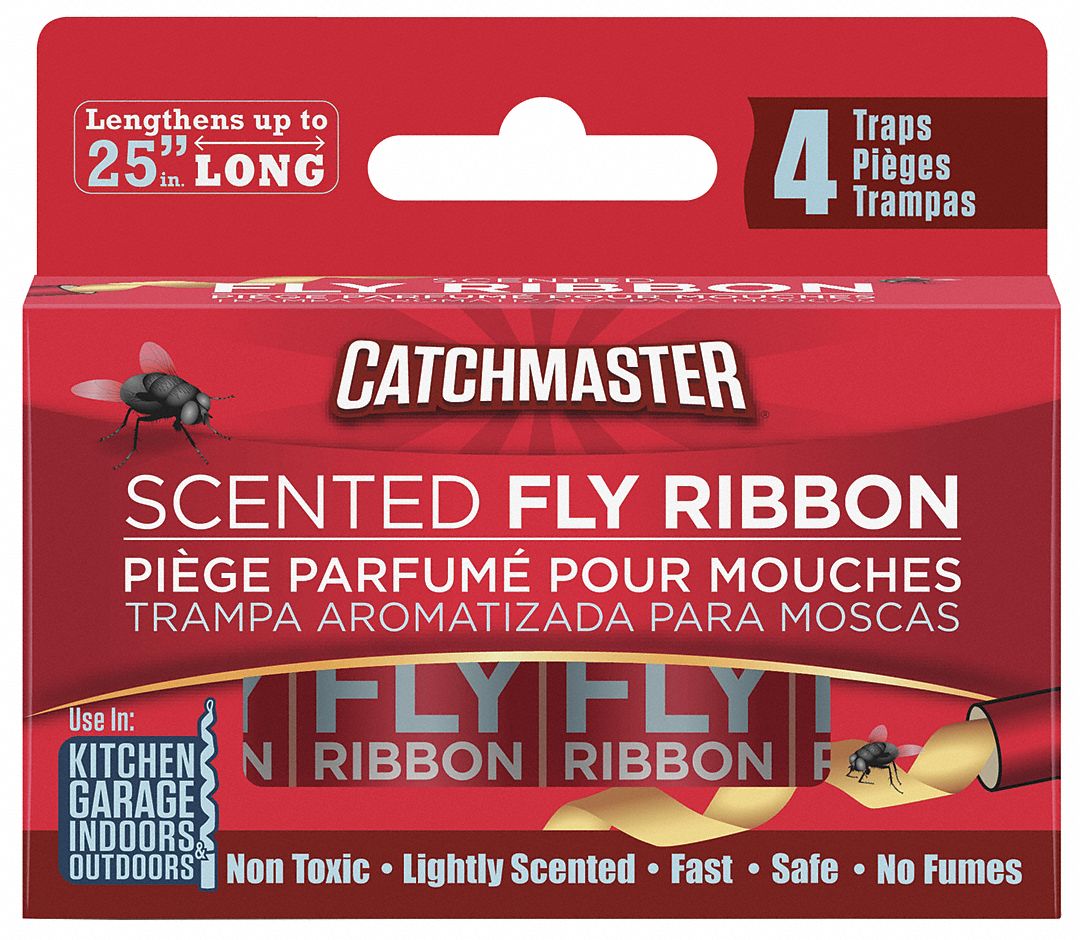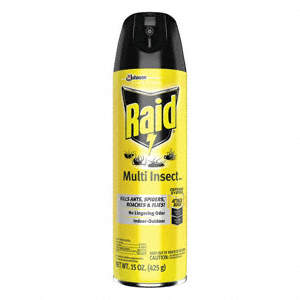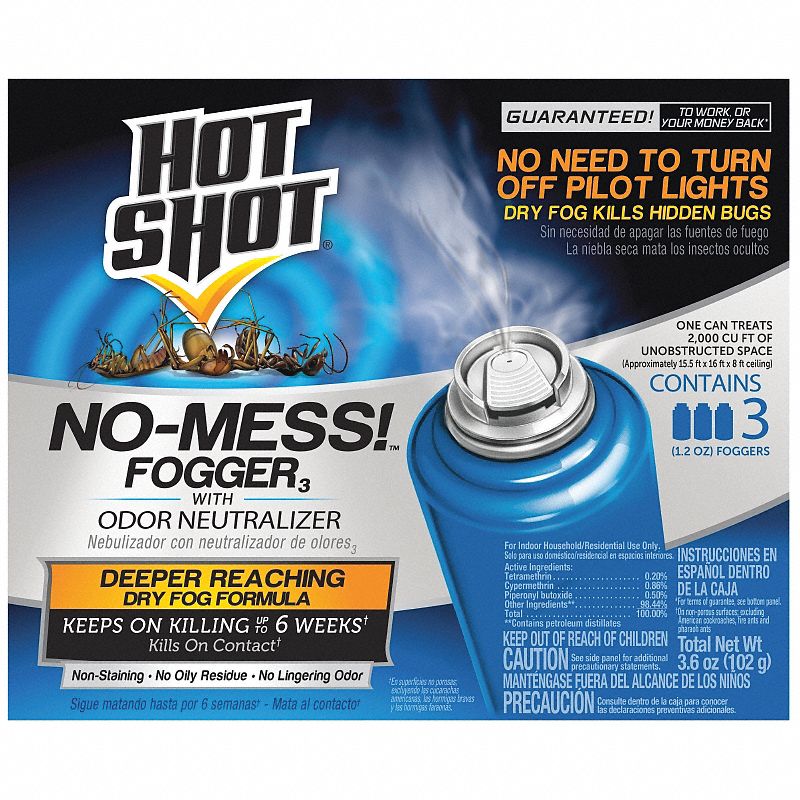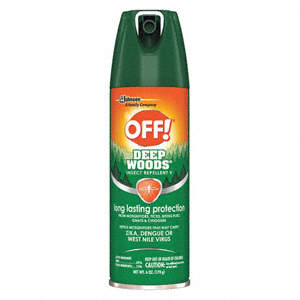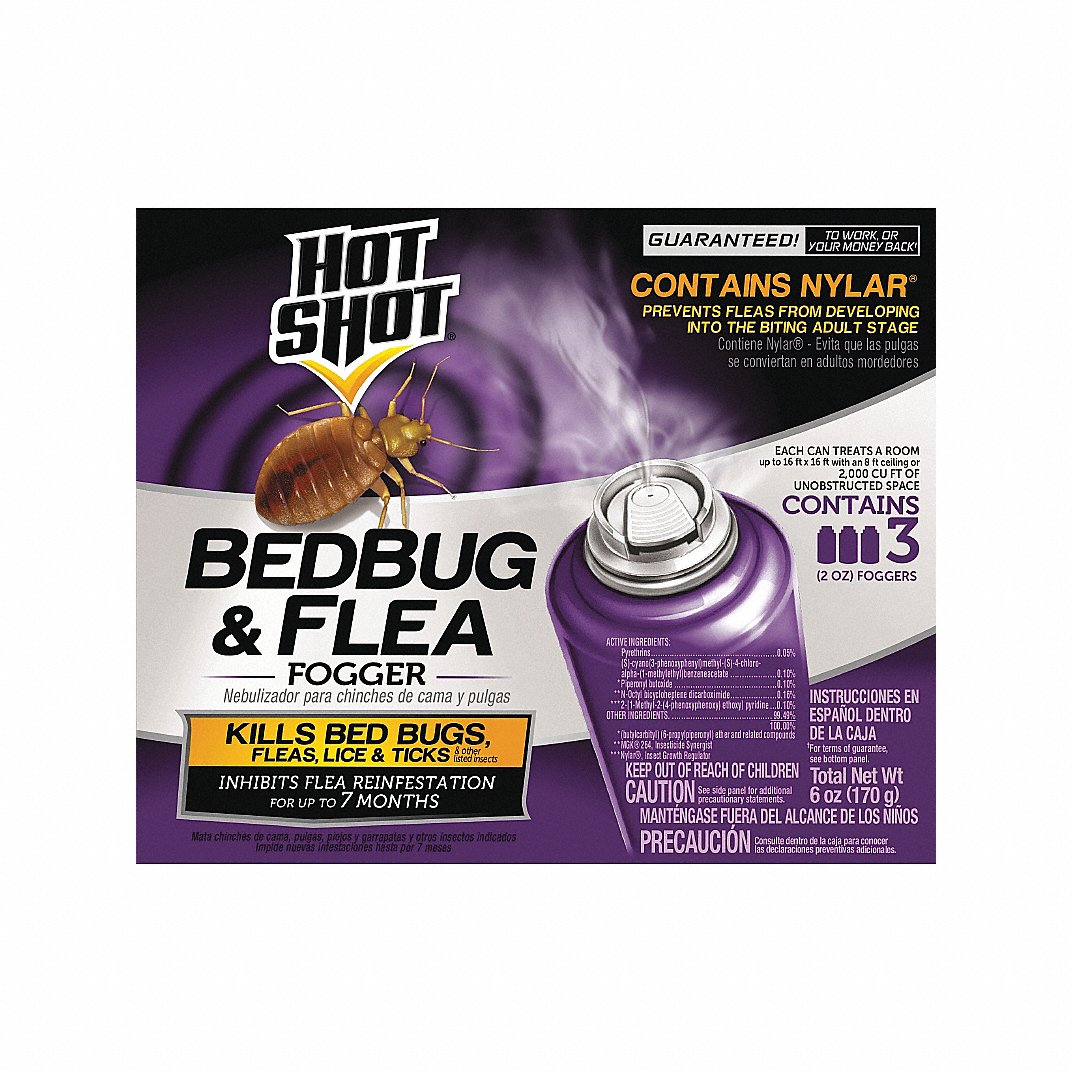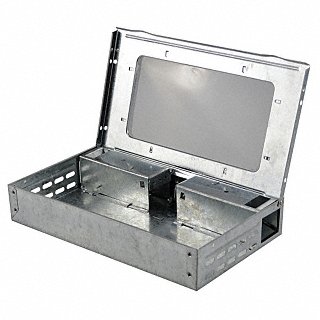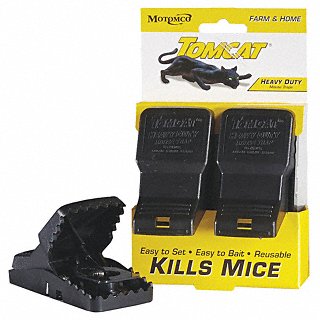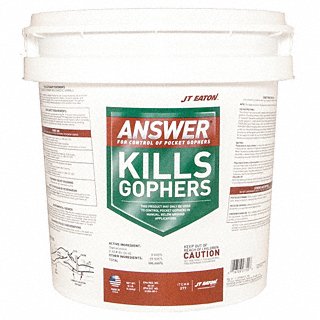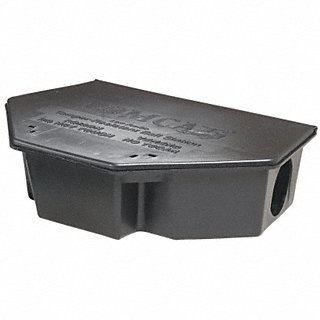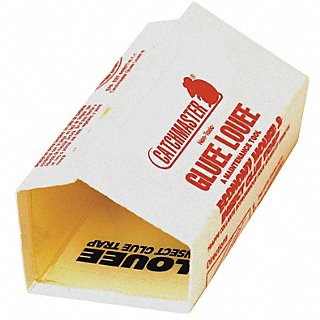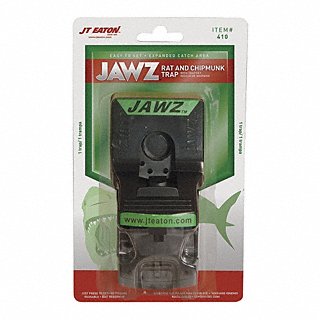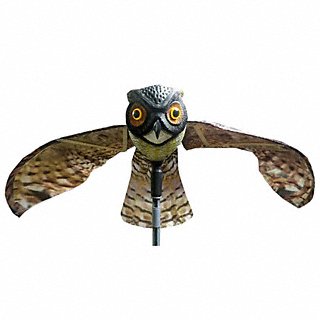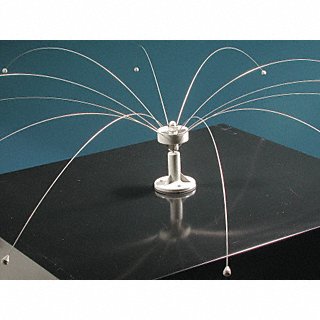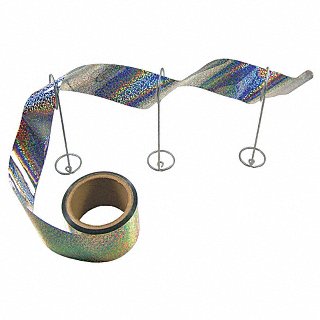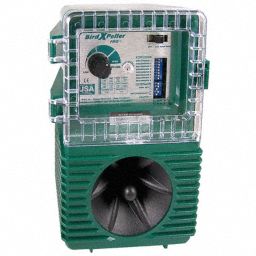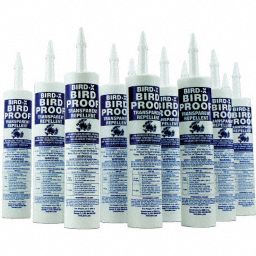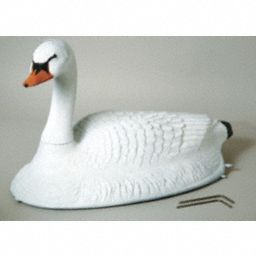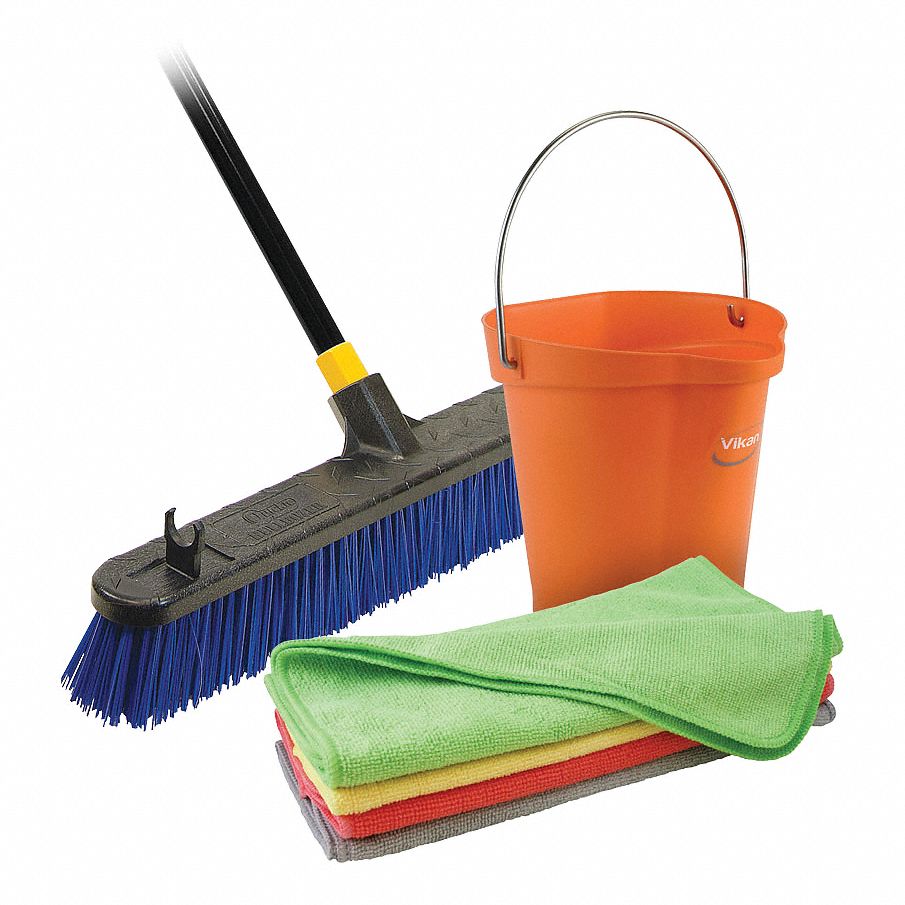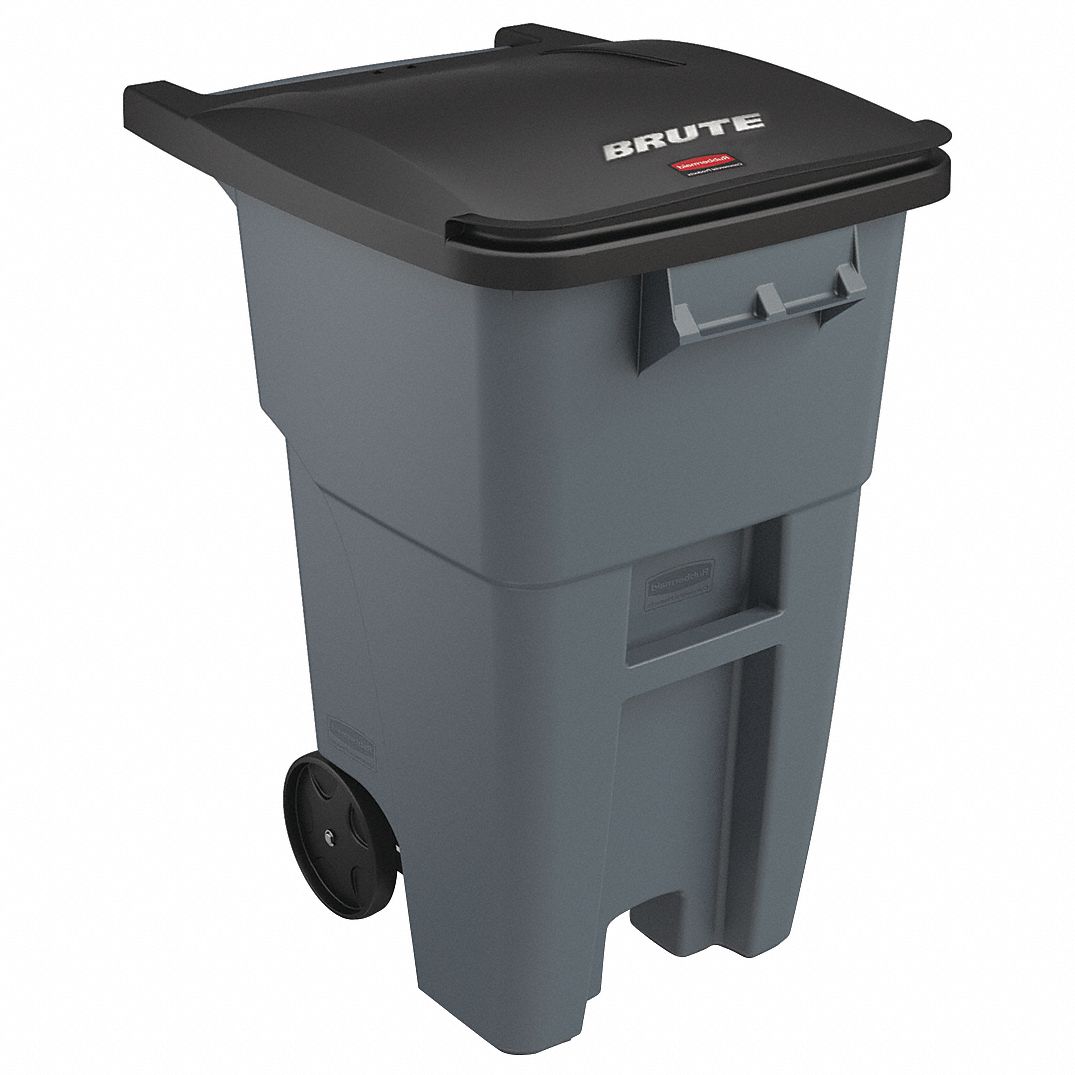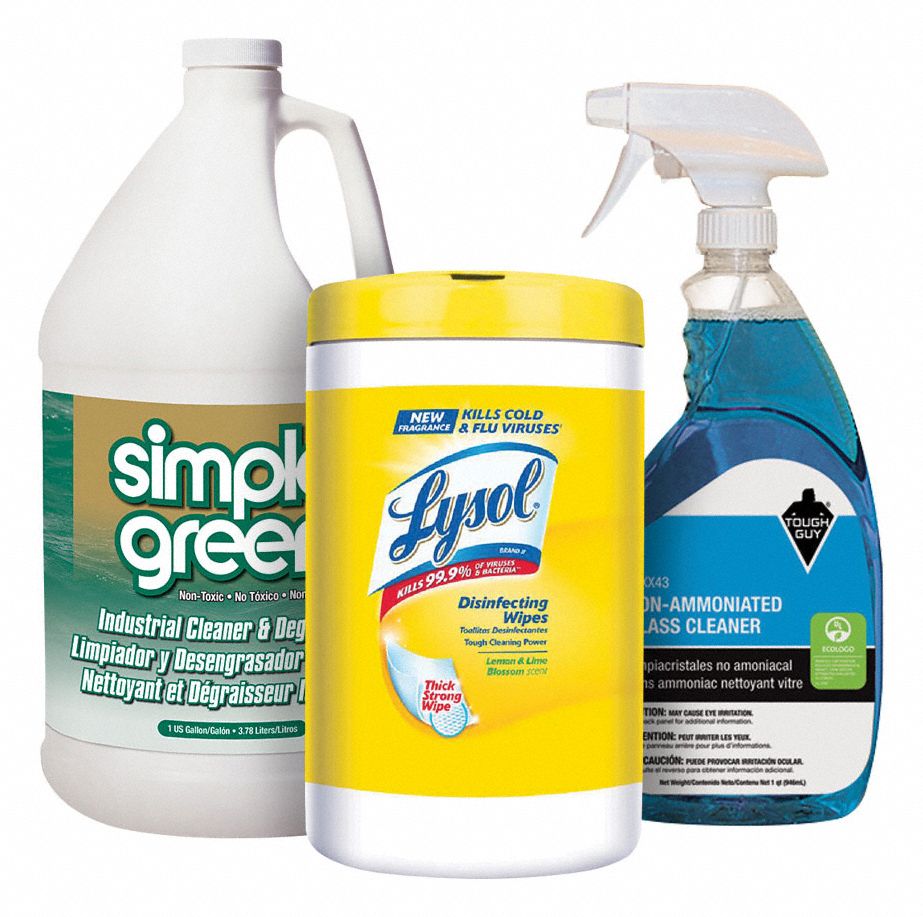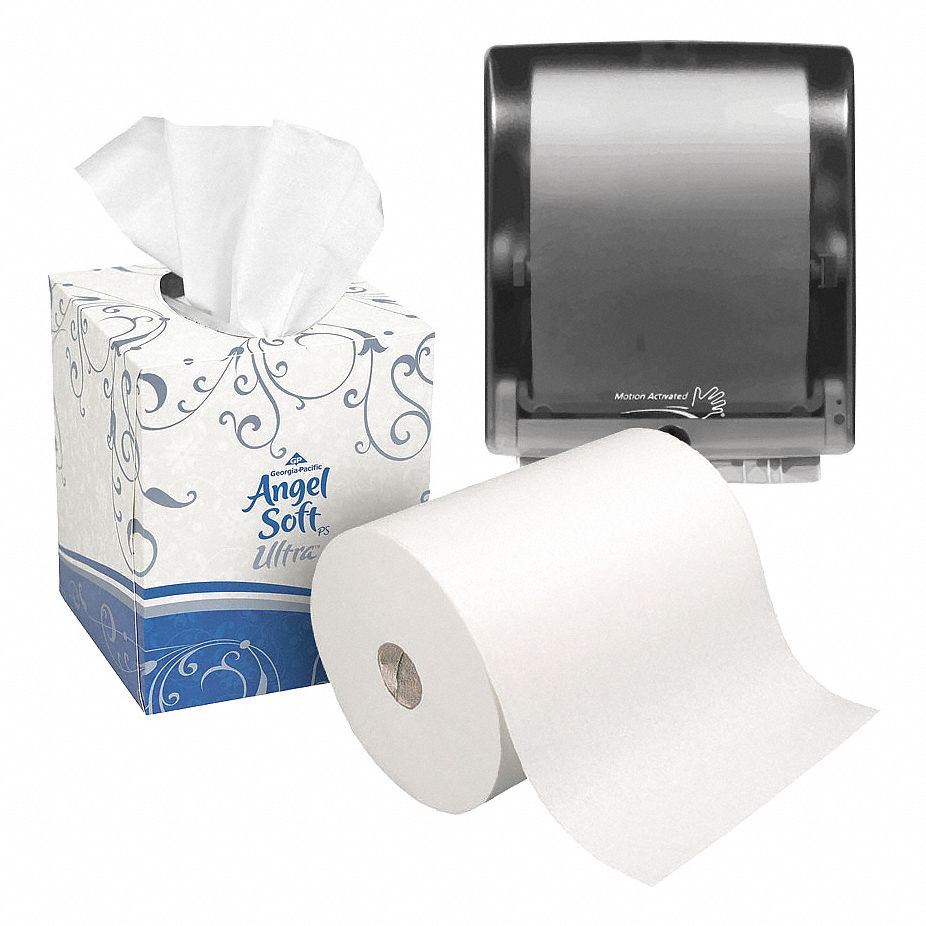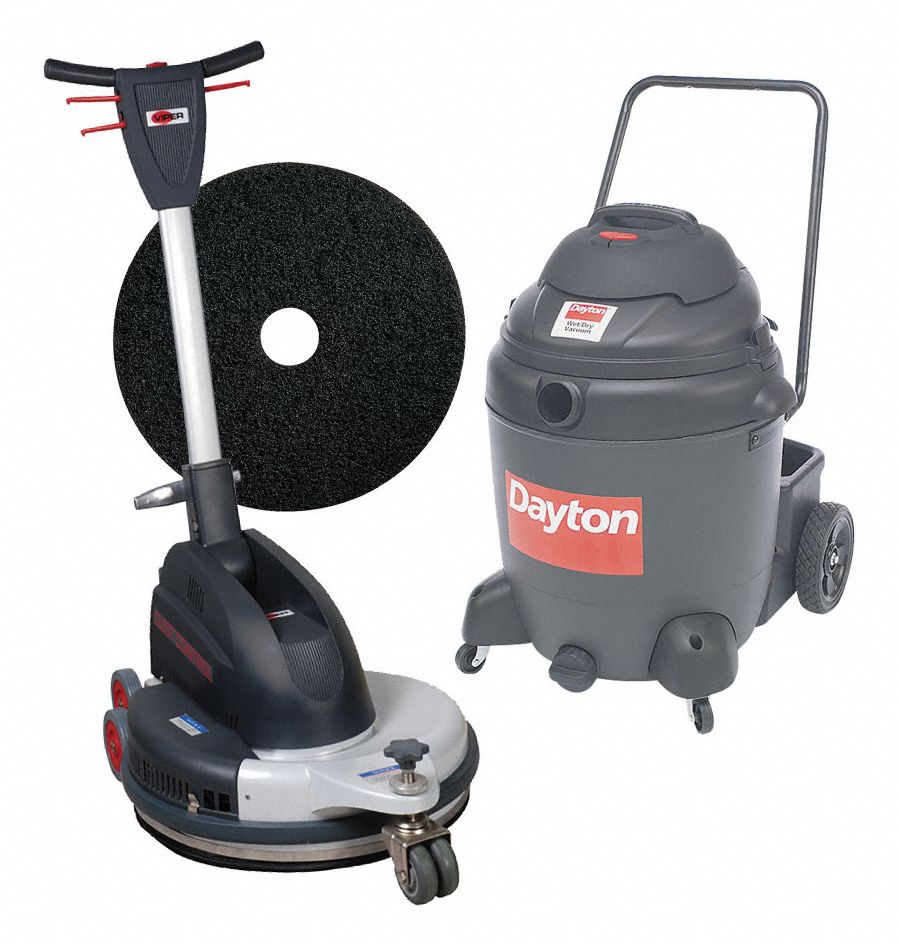

Pest Prevention and Methods of Pest Control
By Grainger Editorial Staff 4/21/23


You and your maintenance crew have likely taken great care to keep your properties sanitary and tidy. However even after careful maintenance, buildings can still fall victim to a pest infestation. An infestation describes the presence of any species in numbers that can cause property damage, have health implications for building occupants or present a distracting nuisance. Unfortunately, once pests are noticeable, it often indicates a larger problem, and may even indicate an infestation.
Types of Common Pests
Animals and insects become pests when they take up residence where they don't belong. These varied and determined creatures can adapt to just about any habitat provided they have food, water and shelter for them to thrive and reproduce. Most pests fall into one of three categories:
Birds Birds that are known nuisances include pigeons, geese, house sparrows, gulls and starlings. In numbers, birds can cause significant damage from droppings and nesting. Bird droppings are highly acidic and can eat through many building materials.
Rodents Rodents can cause a lot of damage by chewing away at material to build nests. Rodent droppings can spread diseases such as salmonellosis. Dry rodent fecal matter can be a hazard if inhaled, causing allergic reactions.
Insects The damage and health problems caused by insects are well known, with fleas and mosquito bites among the more common. Mosquitoes can be especially troublesome to groundskeeping crews or contractors on construction sites. For permanent outdoor spaces, particularly in hospitality settings, electronic bug killers can help. Cockroaches are known to carry a variety of infectious diseases and can cause serious illness.
Pest Control Methods
Ideally, you'll stop an infestation before it starts. The Environmental Protection Agency lists some basic prevention methods, including:
- Take away food, water and shelter sources where possible.
- Dispose of garbage regularly with a tightly closed lid.
- Reduce clutter or areas where pests can hide.
- Seal and close off any cracks or holes to eliminate outside entry.
But if you've tried to head off the problem and haven't had success, it’s time to take action. There are several categories of pest control methods, however most fall into one of three categories:
Biological This is the use of living organisms to help eliminate the infestation. This can be anything from predators to parasites to pathogens. One of the biggest advantages of natural methods is that they don’t involve the use of chemicals, reducing potential harm to humans or the environment. Most biological methods, however, are only feasible for small pest invasions like insects or plants, and they typically take some time to work.
Chemical Chemical pest control is the use of pesticides to eliminate pests. These solutions are typically easier to find and use than biological methods. Chemical controls often work faster, sometimes delivering instant results once applied. Examples include repellents, which are solutions that deter pests that crawl or fly within your perimeter or insecticides, designed to kill insects. Despite their many advantages, these toxins can pose health and environmental threats upon exposure, but most modern chemical effects are only temporary.
Physical Traps, netting and decoys are examples of physical pest control methods. Some are designed to keep you from dealing with the pests at all, while others may require you to handle a trap and dispose of a pest.
Controlling Types of Pest Infestations
The charts below describe some of the more common problems building and site managers face due to pest infestation and some common methods for eradicating these pests from your property and ground.
| Insect Pests | Signs of a Problem | Health Risk | Control Method |
|---|---|---|---|
|
Flies |
Significant presence of adult flies. |
Flies are known to carry and transmit many diseases to humans. |
|
|
Termites |
Structural damage to wood, piles that look like sawdust, mud tubes along foundations. |
Termites can cause allergic reactions and even asthma attacks in vulnerable people. |
|
|
Carpenter Ants |
Structural damage to wood. |
These ants pose minimal health risks, but they have a stinging bite that can be very painful if there are a lot of ants. |
|
|
Mosquitoes |
Not typically associated with property damage but can be hard to tolerate on outdoor jobsites. |
Bites can transmit serious diseases, such as the West Nile virus and Zika virus. |
|
|
Cockroaches |
Droppings that look like coffee grounds, smear marks and foul odor. |
Roaches can cause allergic reactions and asthma attacks due to contamination. |
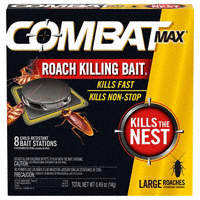

Powder Roach Killers |
|
Bed Bugs |
Musty odor, noticeable bites, stained bedsheets, eggs and casings |
The itch from bed bug bites can cause extensive scratching leading to skin infections and sleep deprivation |
Rodents are another type of common pest that can cause severe health problems by spreading disease. These pests can also damage property by chewing through drywall and other materials, and building nests. While house mice are one of the more common rodent pests, there are a variety of these animals that once established can do significant damage to your property. Here are some common rodents, problem signs and possible solutions to eliminate them.
| Rodent Pests | Signs of a Problem | Health Risk | Control Method |
|---|---|---|---|
|
House Mice |
Droppings, gnaw marks, scratching, musty odor |
Mice carry hantavirus, salmonella leptospirosis and other diseases. |
|
|
Deer Mice |
No discernible odor. Nesting material in drawers and other off-the-ground places, droppings, gnaw marks. |
Deer mice can spread hantavirus or salmonella in urine, droppings or saliva. |
|
|
Gophers |
Visible dirt mounds, damaged vegetation. |
Gophers carry rabies and other diseases such as hantavirus and monkeypox |
|
|
Norway Rats |
Norway rats eat practically any material, so gnaw marks are the number one sign of a problem. |
Norway rats are known to carry the Seoul hantavirus. |
|
|
Roof Rats |
Gnawing or scratching noises from attics or walls specifically after dusk. Droppings or nesting material up off the ground such as in drawers or attics. |
Like other rodents, these rats contaminate food with their droppings and also carry fleas which can spread disease. |
|
|
Chipmunks |
Scratching and scurrying noises in walls and ceilings. |
Chipmunks carry diseases such as plague, hantavirus and salmonella. |
The signs of a bird problem, especially when there are a lot of birds, can be more obvious and include messy feathers left behind during the summer molting process. Starlings will also seek out food and shelter and will take up residence in attics or loft areas if they can gain access. The feathers and droppings these birds leave behind are not only messy but can cause significant damage and even spread disease to humans who come in contact.
| Bird Pests | Signs of a Problem | Health Risk | Control Method |
|---|---|---|---|
|
Pigeon |
Droppings are the most noticeable sign and can cause roof and gutter damage. |
Birds of all types can transmit 60 or more illnesses and diseases. Breathing in dust from cleaning pest bird droppings can infect humans with a variety of diseases, including E.coli, Avian Flu, West Nile virus and Salmonella. |
|
|
Gull |
Flocks circling rooftops may indicate they plan to nest there. Noise, mess and droppings. |
|
|
|
Wood Pecker |
Oval or round, deep holes about an inch in diameter, in a straight vertical or horizontal line. Persistent woodpeckers could indicate a larger problem of bee or termite infestation. |
|
|
|
House Sparrow |
Visual damage to crops, nesting material in rafters, droppings. |
|
|
|
Starling |
Turf damage from searching for food, like grubs. |
|
|
|
Geese |
Excess droppings and feathers on property. |
|
With an active approach and the right products, you can ensure pests don’t get in the way of running your business or facility. Be on the lookout for any of these signs of pest infestation and have a plan in place to mitigate the problem. Routine monitoring and a quick response can go a long way in preventing and controlling pests.
Get more building and property maintenance tips and advice here.
The information contained in this article is intended for general information purposes only and is based on information available as of the initial date of publication. No representation is made that the information or references are complete or remain current. This article is not a substitute for review of current applicable government regulations, industry standards, or other standards specific to your business and/or activities and should not be construed as legal advice or opinion. Readers with specific questions should refer to the applicable standards or consult with an attorney.

